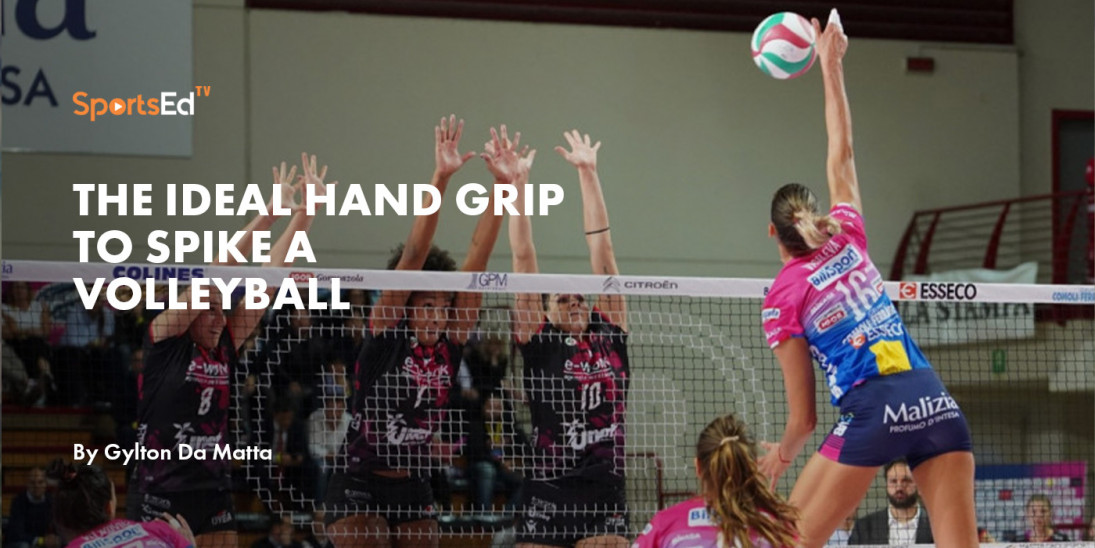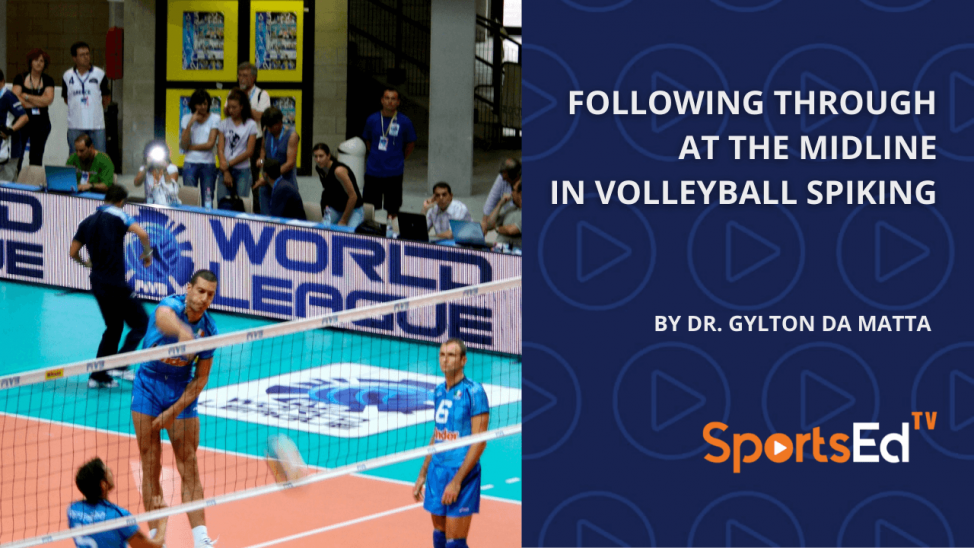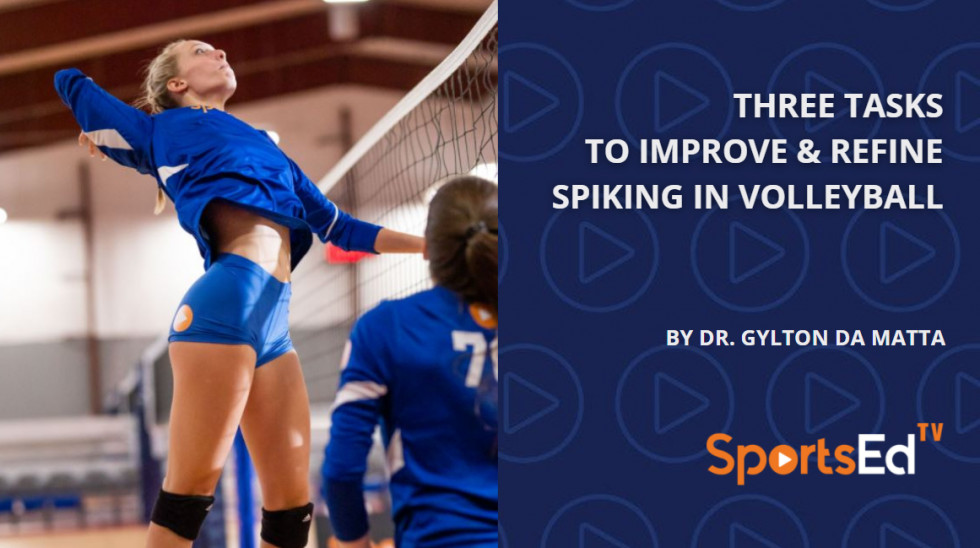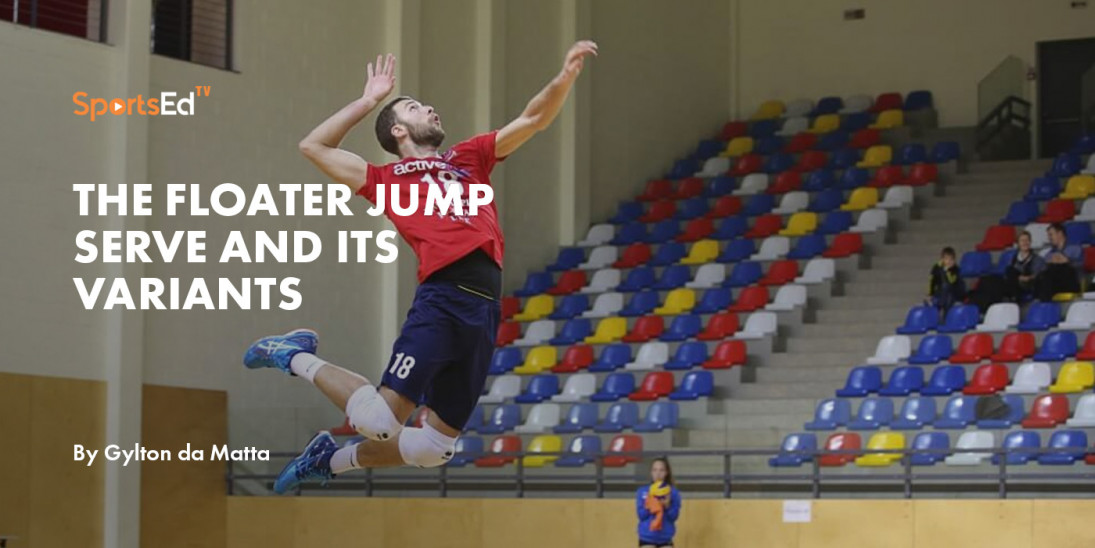Volleyball
Welcome and thanks for visiting...

What Is Jump Setting?
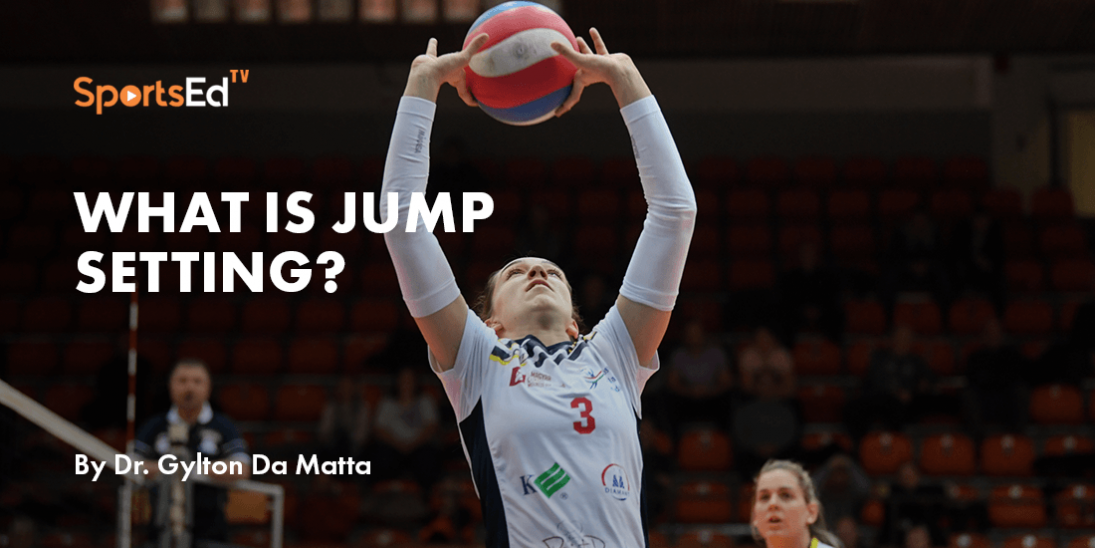
Why is jump setting so important for the setter to jump?
In 2001, while I was a Ph.D. graduate student at the University of South Carolina Volleyball, the coach, Kim Hudson, asked me to train two of her top volleyball players: The setters.
On my first day of practice with those awesome setters, I did a rebound jump drill off the wall. Every day, the setters had a routine of drills that did not include jump setting. After two weeks of going through a sequence of more than 12 drills/tasks designed to improve their jump-setting skills, the players asked me a couple of smart critical questions: Gylton, why are we jumping to set? If we are not hitting over the net, why do we need to jump set? At that moment, I realized that I should explain what jump setting was and why it was so important, at any level, for a setter to perform their best sets while in the air.
The setter is the center player in volleyball and is responsible for distributing the sets to their best hitters. Compared to American Football, the setter is the quarterback, the one who delivers the ball and runs the offense. Because volleyball is a net sport, the best way for players to anticipate what type of play will happen in each rally is to "read", "observe," and "examine" the setter.
What is jump setting? Jump setting is the action to set the volleyball while in the air.

The main act here requires “visual acuity” and critical thinking abilities. In essence, when looking at a static object “that is grounded,” the visual system demands the activation of specialized cells in the retina called photoreceptors, which are identified in the eye anatomy as rods and cones. In a very distinctive way, rods and cones are responsible for processing the information from the environment and sending the message to the brain. However, when observing the setter on the ground, blockers can "see" much more and read "cues" about when, where, and how the set will be performed, whereas if the setter is in the air, the focus of attention dissipates and it is much harder to predict where the ball will be delivered. In other words, setting from the ground can be predictable, while jump setting is more unpredictable. This is one of the main reasons why jump setting is important.
Attacking is important in every sport, but in volleyball, blockers represent a very effective line of defense that can neutralize the offense. Therefore, to overcome the blocking system, setters must deceive the blockers or at least perform sets to their best hitters when facing the weaker blockers.
Check the SportsEdTV volleyball library to learn more about setting:
Another way to overcome the blockers relies on the notion to "speed up" the offense. In a typical pass that comes to the setter from a jump serve, there is a good chance for this pass to be high enough for the setter to reach the ball at the highest point, thus speeding up the attack. If the setter stays on the ground and waits for the ball to get to him/her at lower points, it takes longer; therefore, the offense will be delayed, which will favor the defensive team.
Psychologically, when the setters jump, the blockers “freak out.” Simply because of the combination of both factors’ unpredictability and speed of play.
Another important factor relies on the notion that while in the air, setters expand their visual field and can "relax," which also enhances their peripheral vision. However, the main focus is to keep the eyes on the ball; while in the air, the setter can identify their hitters and see peripherally their opponent's blockers. The critical element for the success of the set over the blockers relies on internal factors that will lead to the decision-making process, so the setter will set to the players who are better positioned to finish the play and score a point (get a kill and put the ball down).
When setters get used to jumping to set, they become proficient "readers of the block" and efficient ball handlers. They develop what I call the two-phase wrist action, absorption, and propulsion. The automaticity of this fine motor skill allows the jumping setter to have more time to process the ball in their hands and to precisely perform fast sets, thus designing a very efficient attack.
Setters should start jump setting as soon as they master the ground setting. Moreover, they should be able to set powerfully good tempo sets to positions 4, 3, and 2 as well as to position 6 while jump setting.





